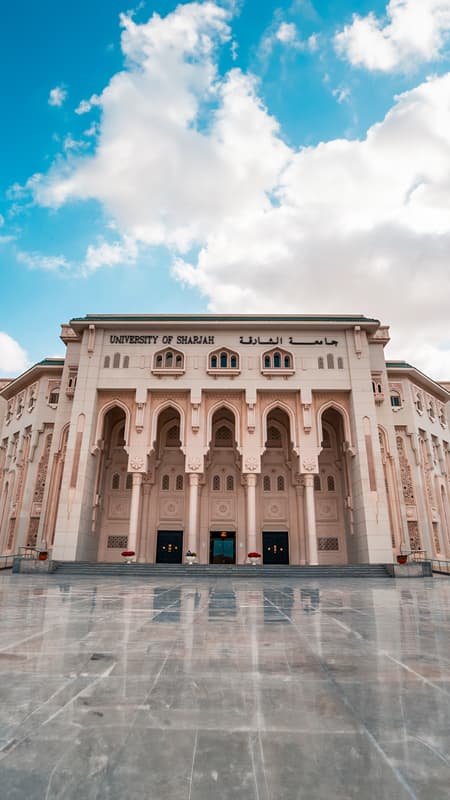Global
Featured a Member of the Nobel Prize Committee for Physics The University of Sharjah Hosts an International Symposium on Quantum Materials for Energy and Environmental Applications
The University of Sharjah’s Center for Advanced Materials Research (CAMR) and the Department of Applied Physics and Astronomy organized an international symposium on quantum materials for energy and environmental applications. The event brought together international scientists and researchers to discuss the latest developments in this rapidly evolving field. The symposium covered various aspects of quantum materials, including relevant theories and research experiments, as well as quantum material applications in energy and advanced electronic materials.
In his opening speech, Prof. Nouar Tabet, Dean of the College of Sciences at the University of Sharjah, emphasized that quantum mechanics forms the foundation of many modern physical phenomena and that its study is essential for understanding the fundamental properties of solid materials, such as thermal conductivity and the specific heat of metals. He highlighted the growing importance of research in quantum materials and its increasing impact across diverse fields, ranging from electronics to sustainable energy. He noted that the world is witnessing a revolution in quantum technologies, particularly in quantum computing, which will significantly transform the ways in which science and technology are practiced.
Prof. Hussain Alawadhi, Director of the Center for Advanced Materials Research, explained that quantum science and its related technologies have become integral to numerous applications that significantly influence our daily lives including innovations and applications in precise timekeeping, advanced sensors, secure communications, and solar panels. Prof. Alawadhi stressed that understanding quantum materials that possess unique properties, such as superconductivity and topological characteristics, paves the way for groundbreaking innovations that will reshape the future of energy production, electronics, and advanced technology.
The symposium featured a keynote lecture by Prof. Olle Eriksson, member of the Nobel Committee for Physics and professor at Uppsala University in Sweden. His presentation, titled “A Unique Perspective on the Nobel Prize in Physics Selection Process,” provided invaluable insights into the evaluation methods and criteria used to determine groundbreaking research worthy of the prestigious award.
The first session of the symposium included a range of discussions led by distinguished speakers. Prof. Goran Karapetrov from Drexel University in the United States examined the role of correlated electronic systems in the development of advanced energy solutions. Prof. Maria Lavarone, Chair of the Physics Department at Temple University in the United States, presented her research on superconductivity in two-dimensional materials and their significance for future quantum technologies. Prof. Mehmet Egilmez from the American University of Sharjah explored the latest advancements in electronic materials, covering synthesis, characterization, and potential industrial applications.
The second session featured a lecture delivered by Prof. Olle Eriksson on the theoretical approaches to quantum materials, offering insights into modern methodologies in the field. Dr. Qin Xian Ong, an assistant professor and researcher at Uppsala University, discussed heavy fermion systems in two-dimensional van der Waals materials, highlighting their potential applications in quantum computing and electronics. The symposium concluded with an interactive poster session where fifteen master's and doctoral students presented their research. Awards were presented to the two best poster presentations in recognition of their contributions. Attendees also toured the state-of-the-art facilities of the Advanced Materials Research Laboratory and the ongoing research projects conducted there.
The event was attended by Dr. Mahmoud Abdel-Hafiz, Chair of the Symposium’s Organizing Committee, along with several faculty members, administrative staff, and students.



